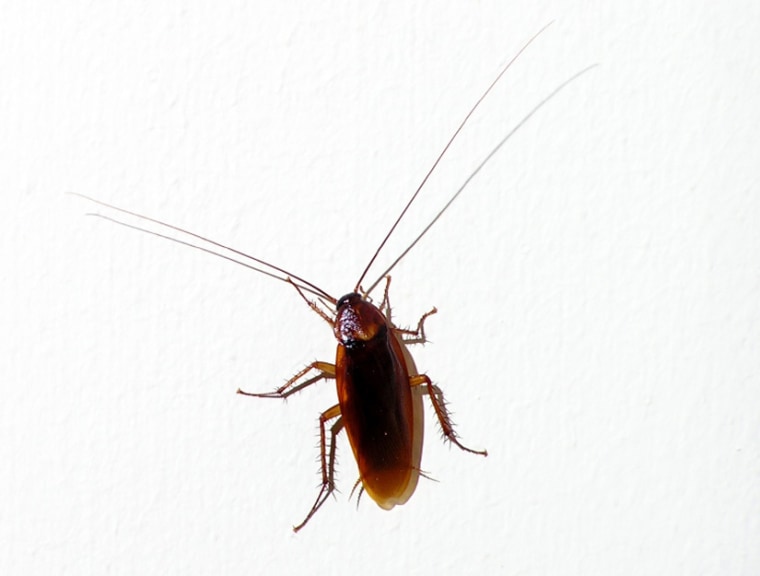You rarely find just one cockroach feasting on your wanted or unwanted food and now researchers know why: They follow the crowd when it comes to dining.
In fact, the more crowded and roach-infested the food, the more roaches can't resist joining the gluttonous spree.
In an experiment to see whether roaches forage alone or as a group, researcher Mathieu Lihoreau of Queen Mary, University of London, and his colleagues discovered that the lone cockroach is a myth.
When presented with two piles of identical food, roaches surprised researchers and packed themselves on one instead of splitting into two groups, the team reported in the journal Behavioural Ecology and Sociobiology.
"They were assumed to forage individually," said Lihoreau. "If they forage individually they should split into two groups."
This is despite the fact that roaches are well known to take their daily rest in large groups. The only way to explain the experiment's results is that roaches get cues from other roaches.
Lihoreau and his team tested several different sized groups of German cockroaches. They found the "en masse" dining was most prominent for larger groups.
In other words, the more roaches there are skittering happily about a food pile, the more attractive the food gets, in a snowball effect. This goes on until the food is gone.
"The more they are feeding on the source, the longer they stay," said Lihoreau.
The team modeled the behavior and found that it matched that of animals using short-range communications — like maybe some sort of chemical that the roaches can smell on others when they are eating.
"At some level there is some cue," said insect behavior researcher James Costa of Western Carolina University and executive director of Highlands Biological Station. "It could be either seeing, or smelling or touching; and over time it accumulates more and more."
The fact that such a simple experiment uncovered such a basic aspect of cockroach social behavior underscores how much people have been focused on their need to kill the insects rather than learning about their behavior.
"It's very important if you want to get rid of them," said Lihoreau.
If the signal that the roaches use to feast together can be discovered and duplicated, it might attract them to pesticides or traps, for instance.
"That would be a really nice application," agreed Costa, "something that makes individuals decide to stay."
The study is also a reminder that lots of unexpected insects, even roaches, have some degree of a social life.
"What we are realizing is that 50 to 60 percent of insects live in groups and we don't know what is happening in these groups," said Lihoreau.
These aren't the classic, exceptionally organized groups like those found among ants and bees.
"In some ways these are certainly simpler than ants and bees," Costa said.
